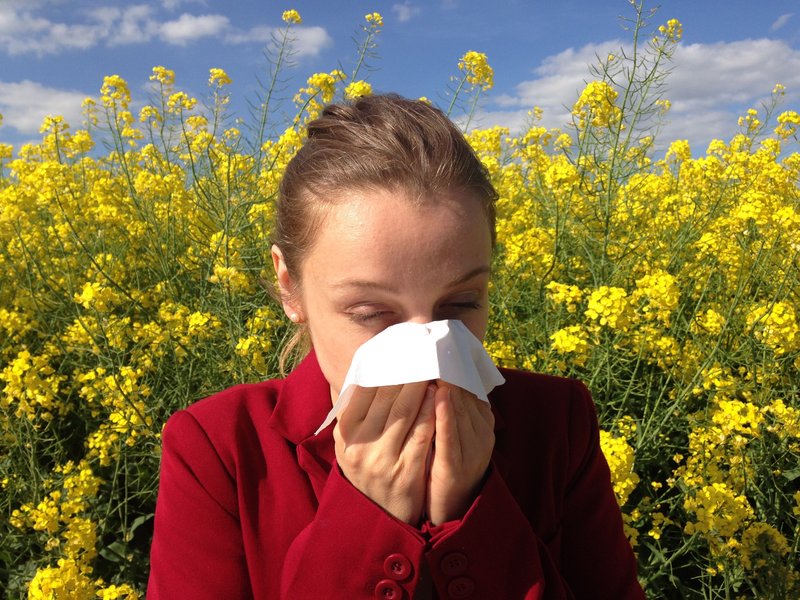Worst plants for your allergies
Updated | By Poelano Malema
Flowers and plants may look good in your garden, but unfortunately they are often the cause of your allergies.

Dr Rose Mabotja from Healthwise Medical Centre says: "Allergies are very diverse and symptoms can vary from person to person. Some people experience a skin rash and running out of breath, while others might have itchy red eyes or swollen lips.”
The most common types of allergies are eczema, asthma, allergic rhinitis (hay fever), urticaria, food allergies, and anaphylaxis.
Although many allergies are not very dangerous, there are those that can be deadly. "Allergies can be dangerous, especially those that affect the chest as they can lead to death if not treated urgently," says Mabotja.
The Allergy Foundation reports that a third of South Africans will suffer from some allergic disease during their life. According to Pharma Dynamics, the cost of allergies to the South African economy is in excess of R606-million a year.
While food allergies are quite common, most allergies are triggered by plants. So which plants are the biggest culprits, though?
Trees
Maple and birch trees are the number one cause of allergies because of the pollen they contain, reports Seeds of Diversity.
Other trees that carry pollen include; ash, aspen, beech, box elder, cedar, cottonwood, elm, hickory, mountain elder, mulberry, oak, pecan, and willow.
Unfortunately, you don't have to have such plants in your yard to be exposed to the pollen. Light and dusty pollen grains can be airborne and blown in the wind for long distances, making them hard to avoid. Inhaling even small amounts can trigger allergy symptoms.
Symptoms include watery eyes, runny nose, rhinitis, sore throat, coughing, increased mucus, headaches, and asthma.
Flowers
Even though they may make your yard look stunning, some flowers can trigger an allergic reaction.
Aster, daisy, chamomile, chrysanthemums, and sunflowers all contain pollen and can cause problems for people with allergies, so it's best to avoid them.
Grass
All grasses are allergenic because they release pollen into the air. However, the more common grasses and weeds to trigger an allergic reaction are ragweeds, Bermuda, Russian thistle, plantain, and nettle.
The best way to avoid an allergic reaction is to not do the mowing of the lawn yourself, to always keep the grass short, to close windows on windy, summer days, and to avoid sitting on the grass.
How to test for allergies
It is very important to identify what is the cause of your allergy in order to better treat it or avoid it.
There are two methods of testing for allergies; skin prick testing and blood tests. Both must be done by a professional healthcare practitioner.
The skin prick test checks for immediate allergic reactions and is mostly used to test for allergies to pollen, mould, pet dander, dust mites, and foods. The test involves a health practitioner drawing small marks on your skin and placing a drop of the allergen on the skin. A lancet is then used to prick the drop through the top layer of the skin so that the allergen is introduced under the skin surface. The drop is then wiped away. This process is repeated for each allergen requiring testing and results are available 15 minutes after the skin prick.
For the blood test, a small sample of blood is taken from the arm and sent to a laboratory for testing.
ALSO READ: Five ways to protect your plants in extreme summer conditions
Show's Stories
-
WATCH: SA woman plays dramatic pregnancy prank on dad
This might not have been the reaction she was expecting...
The Drive with Rob & Roz 9 hours ago -
WATCH: Australian tries to flirt in Afrikaans
He really tried his best...
The Drive with Rob & Roz 10 hours ago